all about Testudo Hermanni and Geochelone elegans care, feed, habitat, Tortoise species
Don't wanna be here? Send us removal request.
Text
Here come the most Extra of turtles and tortoises
Indian Roof Turtle, about as close to a dragon turtle as we’re likely to get.
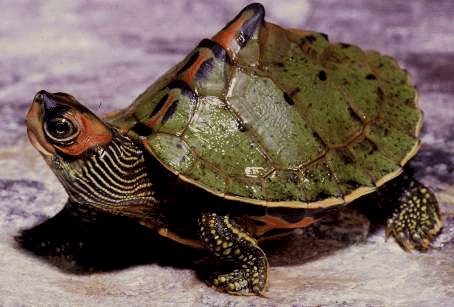
Burmese Roof Turtle, with a banana for a head

Diamondback Terrapin, the Rorschach of turtles
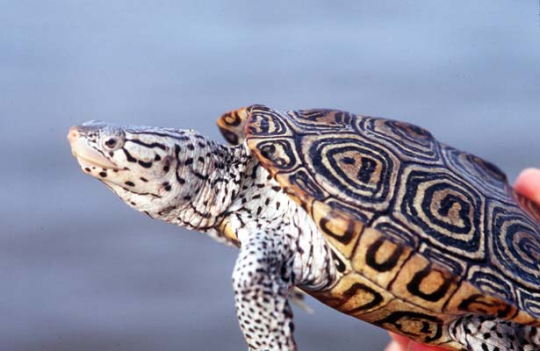
Red-Bellied Short-Necked Turtle, just look at those colors!
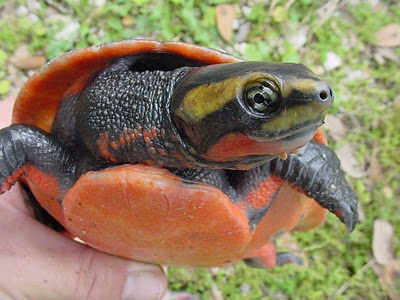
Burmese Starred Tortoise, geometrically chic
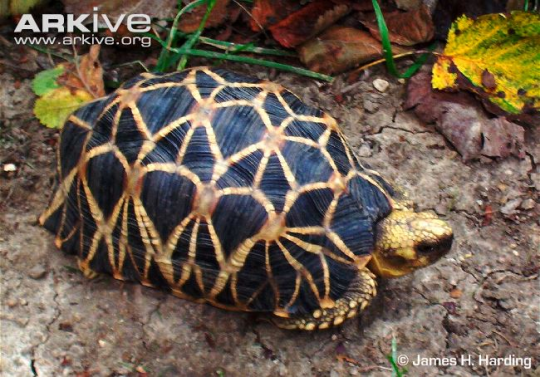
Radiated Tortoise, also geometrically chic but maybe more art deco
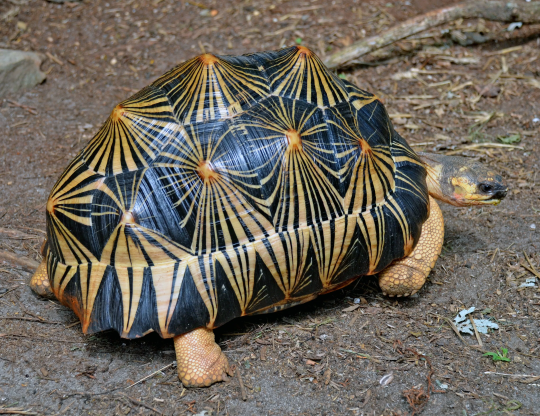
Painted Terrapin, no need to send in the clowns
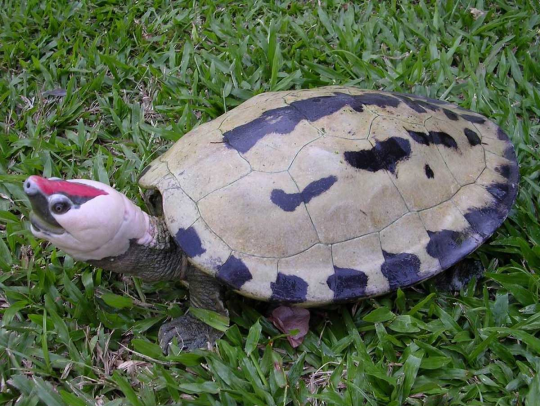
Leopard Tortoise, breaking the mold with a little art noveau
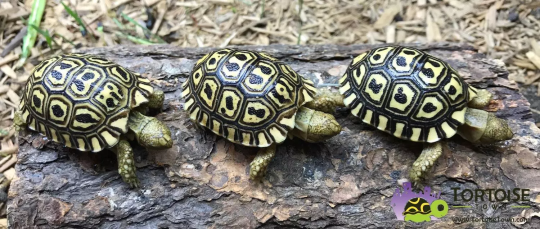
Bell’s Hingeback Tortoise, “You think box turtles got it on lockdown? Hold my noms and watch this!”
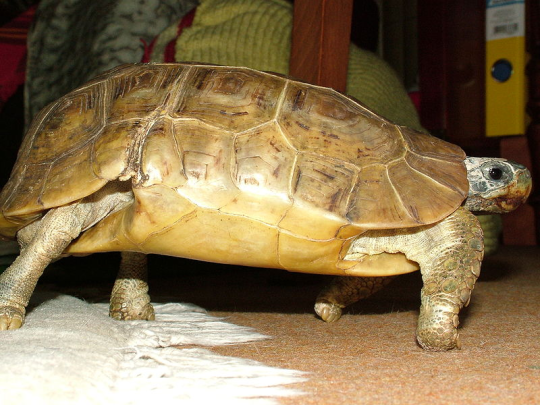
Impressed Tortoise, what it says on the tin
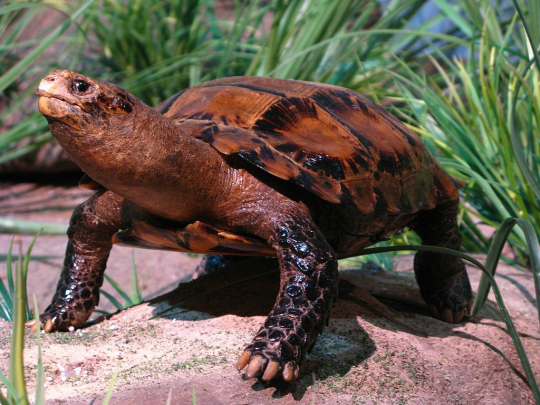
Cane Turtle, otherwise known as “Winner Of Turtle Death Glare Competition Since Forever”
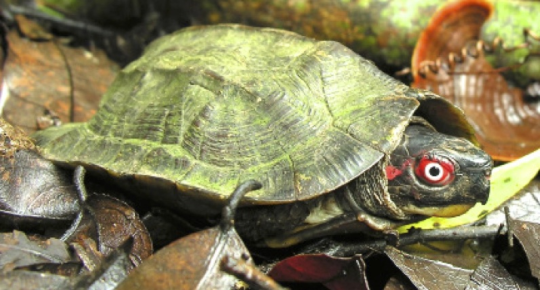
43K notes
·
View notes
Text
Classes
Fighter: Angonoka Tortoise
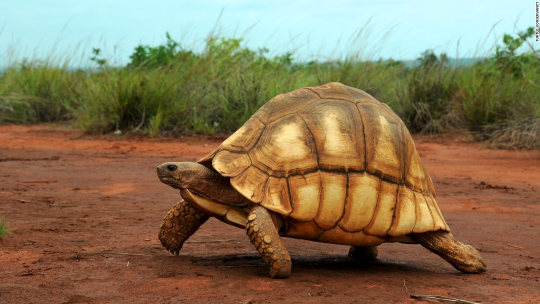
Barbarian: Alligator Snapping Turtle
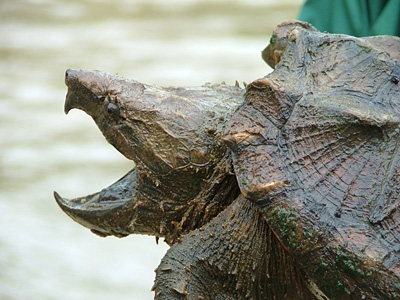
Paladin: Ornate Box Turtle
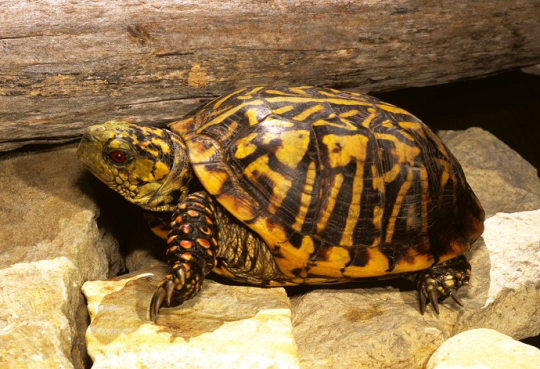
Thief: Pancake Tortoise
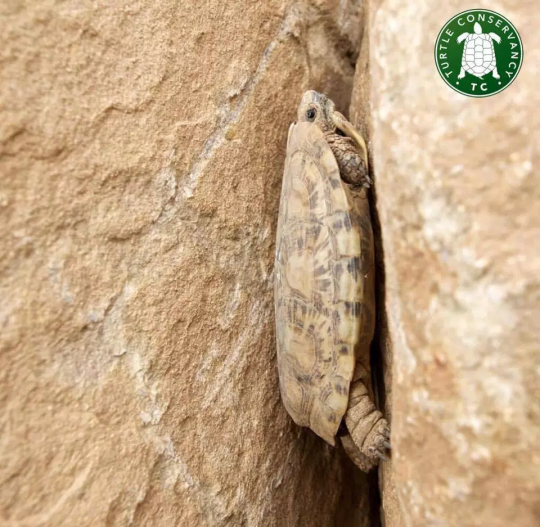
Ranger: Eastern Long-Necked Turtle
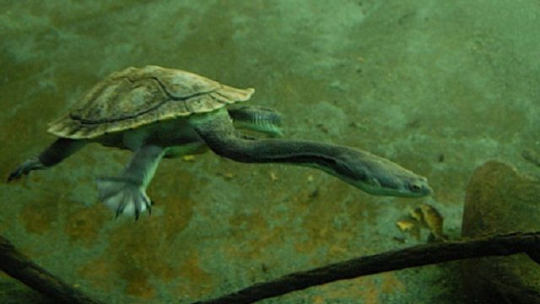
Bard: Red Eared Slider
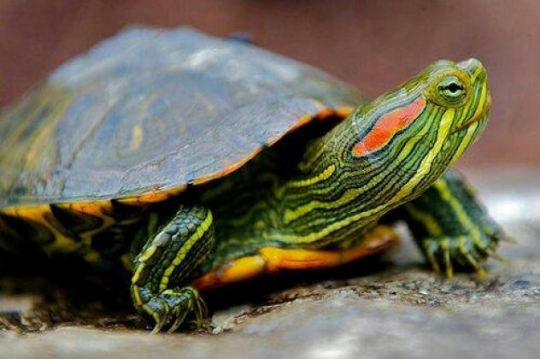
Wizard: Galapagos Tortoise
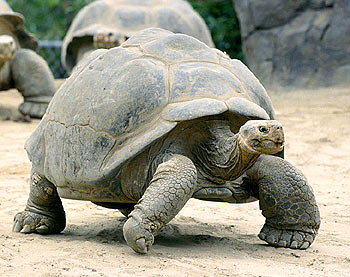
Sorcerer: Mata Mata
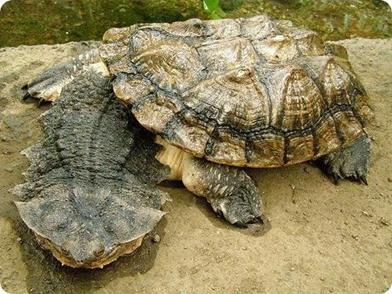
Warlock: Spiny Turtle
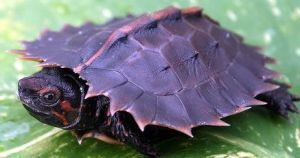
Cleric: Smooth Softshell Turtle
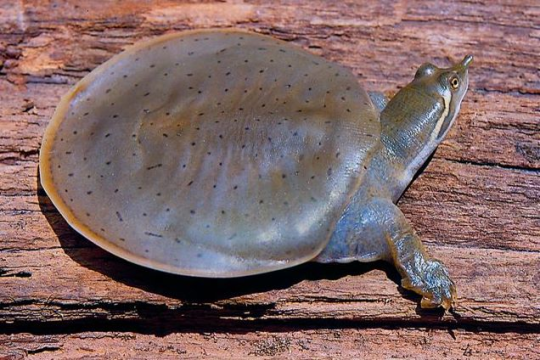
Edit: Almost forgot
Monk: Russian Tortoise
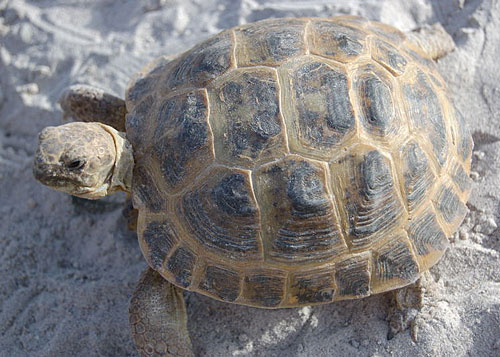
Druid: Cagle’s Map Turtle
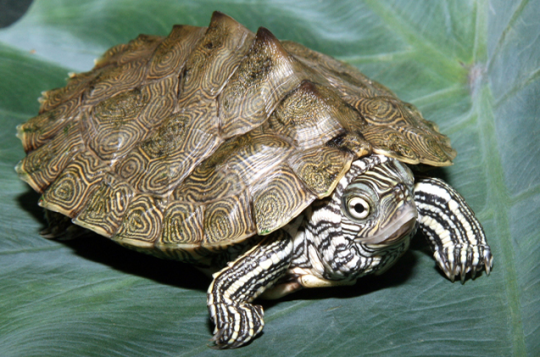
60K notes
·
View notes
Text
Do Tortoises need to eat every day?
Feeding Torts can be fun, but you need to do so with great care and knowledge. Make sure you know the species of your Tortoise and get a wide variety of foods it can eat (greens flowers weeds) . You can feed your Tortoise every day, every other day or three days every week.
By Jasmin

0 notes
Text
Calcium in your Tortoise Food
Dandelions are a significant source of calcium and are important for this reason. They are also generally very popular with tortoises who will eat the flowers as well as the leaves. Other similar plants such as milk thistle can also form a significant part of their diet
By Jasmin




0 notes
Text
I thought i'd post this on how to make calcium blocks.
What You'll need:
1 Bowl
1 Spoon
1 Cup of Water
1 Bag of Limestone Flour
1 Ice Cube Tray
Pour Some Water & Limestone Flour into a bowl. Mix till you make a thickish paste,If it's too watery just add more limestone flour
Once you've made it into a paste pour/scoop it into an ice cube tray
(You can decorate the cubes with flowers "safe feed flowers")
Wait 24- 48 hours till it's completely dry then give to your tortoises.

0 notes
Text
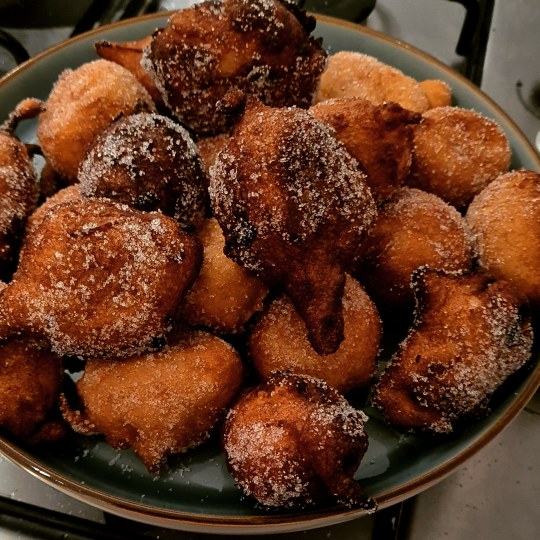
Zutaten
500g Mehl
500g Quark1
TL Salz
250g Zucker
1 Pck. Backpulver
1Pck.Vanillezucker
4Ei(er)
Öl zum Frittieren
Zubereitung:
Aus den ersten 7 Zutaten einen Rührteig herstellen und mit 2 Teelöffeln den Teig als Bällchen in das heiße Öl geben und goldbraun ausbacken. Nicht zu viele Bällchen auf einmal in das Fett geben, da der Teig noch aufgeht und sich die Bällchen von selbst drehen, wenn sie braun und gar werden.
Die Bällchen auf Küchentücher abtropfen lassen.
Als letztes Zucker auf teller und die Bällchen mit dem zucker einrollen oder zucker und zimmt auf teller um die fertigen bällchen ein zurollen
English :
ingredients
500g flour
500g quark
1 Teaspoon salt
250g sugar
1 packet of baking powder
1pack vanilla sugar
4 egg (s)
Oil for deep-frying
preparation:
Make a dough from the first 7 ingredients and use 2 teaspoons to add the dough as balls to the hot oil and bake until golden brown.
Don't put too many balls in the fat at once, as the dough will still rise and the balls will turn by themselves when they turn brown and cooked through.
Drain the balls on kitchen towels Lastly, put sugar on a plate and roll the balls with the sugar or put sugar and cinnamon on a plate to roll up the finished balls
0 notes
Text
Indian Star Tortoise Basic Care Sheet
Housing: a wooden vivarium or a wooden tortoise table
Heating: basking temperature of 100oF
UVB Lighting: desert strength 10%-12% UVB fluorescent tube
Diet: herbivorous mix of leafy green vegetation
Decoration: dry substrates to keep humidity down
Written by Jasmin

0 notes
Text
Geochelone elegans

The Indian Star is a threatened Species of Tortoises found in dry areas and scrub forests in India, Pakistan and Sri Lanka. This species is quite popular in the exoticpat trade which is the main reason it is endangered.
Scientific name: Geochelone Elegans
Higher classification: Star Tortoise
Phylum: Chordata
Family: Testudinidae
Rank: species
Genus: Geochelone
Order: Testudines
Class: Raptaile


Written by Jasmin
0 notes
Text
Hermanns Tortoise Feed
It's very important to vary your Tortoise Diet as much as possible. FRUIT should only be fed sparingly or only to Tortoise such as REDFOOTS that eat fruits naturally.
It's also important to give your Tortoise a CALCIUM AND VITAMIN Supplements with their food such as REPTAVITE OR NUTROBAL.
Plants
Dandelion
Clover
Chickweed
Plantain
Heather
Sow Thistle
Hawkbites
Rose petals
Hibiscus
Dead Nettle
Mallow
Violet
Kidneyweed ect.
Vegetable
Spring Green
Courgettes
Carrots
Rocket
Lambs Lettuce
Romanian Lettuce ect.
Fruit
Apples
Pears
Tomato
Melon
Plum
Apricot
Rasberry
Strawberry ect.
And some are POISONOUS to your Tortoise
Such as
Lupins
Daffodils
Hydrangea
Lily of the valley
Foxglive
Rhododendron
Avocado
Chilli
Peppers ect.

Written by Jasmin
Photo: Eastern Hermanns Rambo
2 notes
·
View notes
Text


Spring Edibles
Some safe feed for Hermanns, some moderation feed
(See pictures attached)
3 notes
·
View notes
Text



Toxic plant sheet
Do not feed your Herman Tortoises any of these plants See attached pictures
0 notes
Text
Supplements
To provide tortoises with optimal nutrition and to keep them in the best of health, they will require diet supplementaion in the form of calcium, vitamins and minerals. These are most commonly available as powders
Calcium should be provided daily and dusted directly onto the tortoise's food. Vitamins may be added daily for young tortoises, but adults will only require them every other day.
Written by Jasmin

#likeforlike#hermanntortoise#hermanntortoise tortoiseblog#health#tortoisefeed#tortoiseeducation#tortoise#food#vitamin#calcium#supplements
0 notes
Text
Decorations

Hermann's tortoises should always be kept on a dry substrate so not to increase the humidity inside their enclosure too much. We keep our tortoises either on beech woodchips or ProRep's Tortoise Life substrate.
Tortoise do not climb, but they do like to dig and burrow. So choose various pieces of natural wood or decoration to enable them to do this. Younger tortoises will appreciate a cave that they can take refuge in.
The tortoise's enclosure can be decorated with artificial plants for a more natural look. Desert plantslook very effective. Trailing plants are very good at disguising electrical wires and equipment.
Written by Jasmin
Photo: Rambo (Eastern Hermann)
#hermanntortoise tortoiseblog#hermanntortoise#easternhermann#tortoise#blog#tortoiseeducation#Decorations#habitat
1 note
·
View note
Text
Diet and Water


A Hermann's tortoise's diet consists of vegetation. Good foods include dandelion, clover, honeysuckle, leafy salads, watercress, curly kale, brussel tops, spring greens, coriander, parsley, rocket, carrot, parsnip, courgette and bell peppers. The bulk of the vegetation should be leafy greens.
The diet should also include fibrous plants like grasses and weeds. Good weeds include plaintains, white nettle, corn poppy, chickweed, bindweeds, hawkbit, viola's, goats beard, nipplewort etc. For times when fresh food is not available, or for variety, there are pre-made tortoise dried foods available that most tortoises relish.
The tortoise should be given a shallow bath 2-3 times a week for 10 minutes. This will enable them to take on fresh water and stimulate them to empty their waste.
Written by Jasmin
0 notes
Text
Care sheet

Hermann's Tortoise care sheet
Housing: a wooden vivarium or a wooden tortoise table
Heating: basking temperature of 90oF
UVB Lighting: desert strength 10%-12% UVB fluorescent tube
Diet: herbivorous mix of leafy green vegetation
Decoration: dry substrates and decor so not to raise humidity
Housing
Vivarium: Hermann's tortoises require a wooden vivarium as their enclosure. This is because wood is an excellent insulator of heat and so a wooden vivarium will make it easier to control the crucial temperatures required inside the habitat. The wooden vivarium should have good ventilation to allow air flow in and out of the enclosure.
The vivarium should be at least 860mm (34") in length for a juvenile and 1150mm (46") for an adult. The enclosure needs to be hot at one end, but have enough distance for the temperature to drop at the cool end.
Tortoise table: tables may be used for Hermann's tortoises, but as they can't retain heat they are only recommended for use in houses that are naturally warm. The table should be at least 900mm (35") lon
Heating
During the day, tortoises require a hot basking temperature. This is achieved by using clear spot bulbsat one end of the vivarium (or over a table). To accomplish the required basking temperature of 90oF we use a basking bulb (100w in a 46" vivarium). Basking bulbs should be on for 10- 12 hours per day and must be controlled by a dimming thermostat.
For a tortoise table we would use a combined basking/UVB bulb around 100-160w depending on the size of the table. The bulb is raised or lowered to achieve the correct temperatures.
At night tortoises require a drop in temperature and darkness. They can drop to room temperature, so all heating and lighting equipment should be turned off. Temperatures should be monitored daily using a thermometer
UVB Lighting
Hermann's tortoises actively bask in hot climates and so naturally receive a high dose of UVB from the sun. Their enclosure's UVB should reflect that. A fluorescent UVB tube should be used inside the vivarium with a reflector so no UVB is wasted. The tube should be at least 10% UVB for desert species. There are 2 different types of fluorescent tube, T8 and T5. T5 tubes are the new technology and produce more light and UVB than T8 tubes. T5 UVB also travels much further from the tube.
Tortoises require UVB in order to synthesise vitamin D3 inside their skin. The vitamin D3 helps the tortoise to absorb calcium which crucial for bone structure and growth. This is why reptiles can suffer from metabolic bone disease (MBD) when not provided with adequate UVB.
Over tables, combined heat and UVB flood bulbs (mercury vapour) may be used.
#Rambo #easternhermann #hermanntortoise
Gif: Rambo ( Eastern Hermann)
Written by Jasmin
#tortoiseeducation#tortoise#hermanntortoise tortoiseblog#h#hermanntortoise#t#tortoiseblog#tortoisecare#caresheet
3 notes
·
View notes
Text
Hermann Tortoise
They've a degree of individual character that's uncommon in reptiles, and they are sometimes exceedingly charming and amusing. They create a bond of familiarity with their proprietor and you'll be able to understand their unique quirks, likes and dislikes. They live approximately 75 decades, that gives us something in common! Such as the Horsfield tortoise, they're just one of the Mediterranean Tortoises, indigenous to the Northern beaches of the Mediterranean Sea.
1 note
·
View note